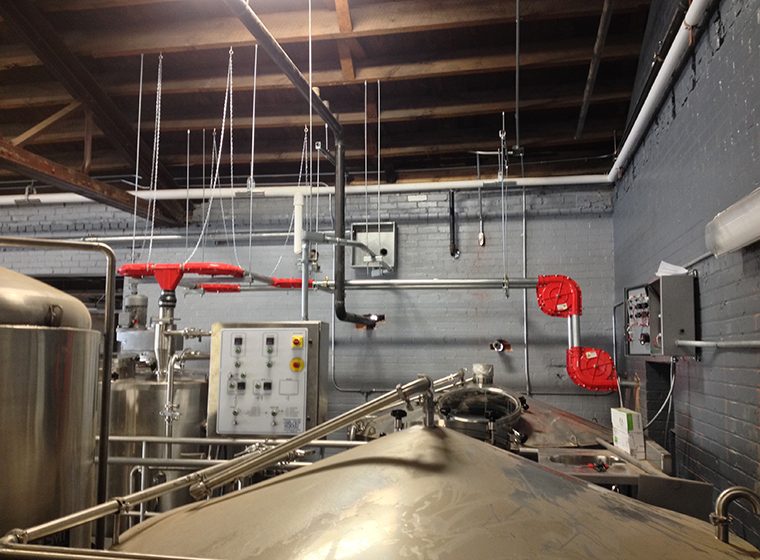Why is malt so important in a brewhouse?

Malt plays a crucial role in the brewhouse, and here’s why:
-
Malting Process:
Malt is created through the malting process, which involves soaking barley, allowing it to germinate, and then halting germination with heat. This process transforms raw barley into malt, unlocking its potential for brewing. A malt handling system is integral to efficiently managing malt within a brewery.
-
Source of Fermentable Sugars: Malt provides the primary source of fermentable sugars in beer production. During mashing, enzymes break down the starches in malt into simpler sugars like maltose. Yeast then ferments these sugars, producing alcohol and carbon dioxide.
-
Flavor and Color: Different types of malt contribute distinct flavors and colors to beer. For example:
- Pale Malt: Imparts a mild, biscuity flavor and light color.
- Crystal/Caramel Malt: Adds sweetness, body, and caramel notes.
- Roasted/Chocolate Malt: Contributes dark color and roasted flavors.
- Specialty Malts: Offer unique characteristics like smokiness or nuttiness.
-
Body and Mouthfeel: Malt influences the beer’s body and mouthfeel. Higher proportions of malt create fuller, richer beers, while lighter malts result in crisper, lighter-bodied brews.
-
Enzymatic Activity: Malt contains enzymes (such as amylase and protease) that break down starches and proteins during mashing. These enzymes convert complex molecules into simpler forms, aiding in the brewing process.
-
Brewhouse Efficiency: Properly malted grains lead to better brewhouse efficiency. Brewers analyze malt attributes (such as assortment, color, and extract) to optimize milling settings and achieve consistent results.
In summary, malt is the backbone of beer, providing flavor, fermentable sugars, and the foundation for a successful brewing process.

